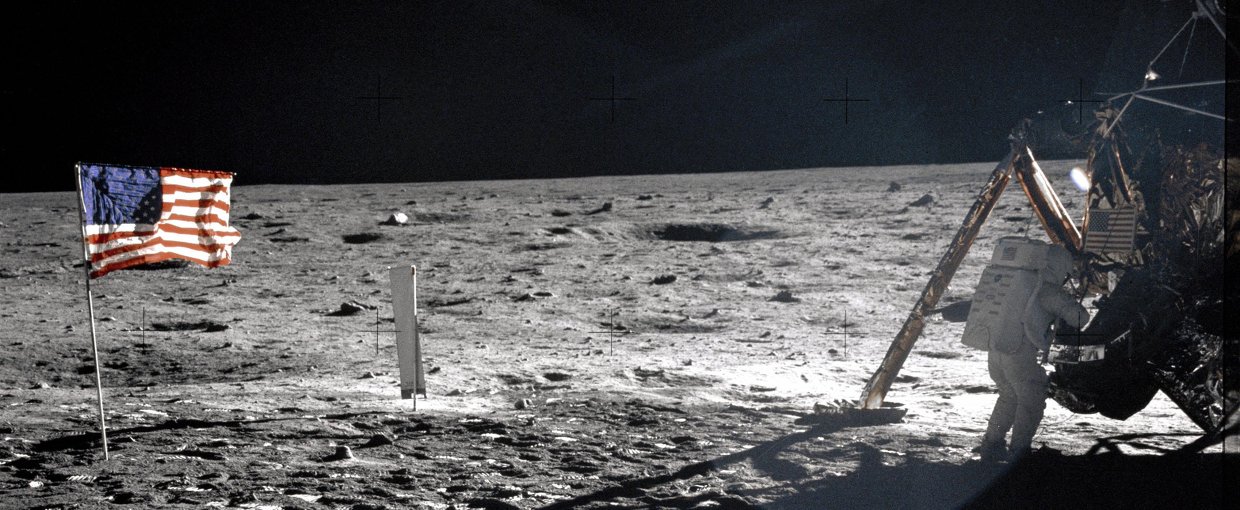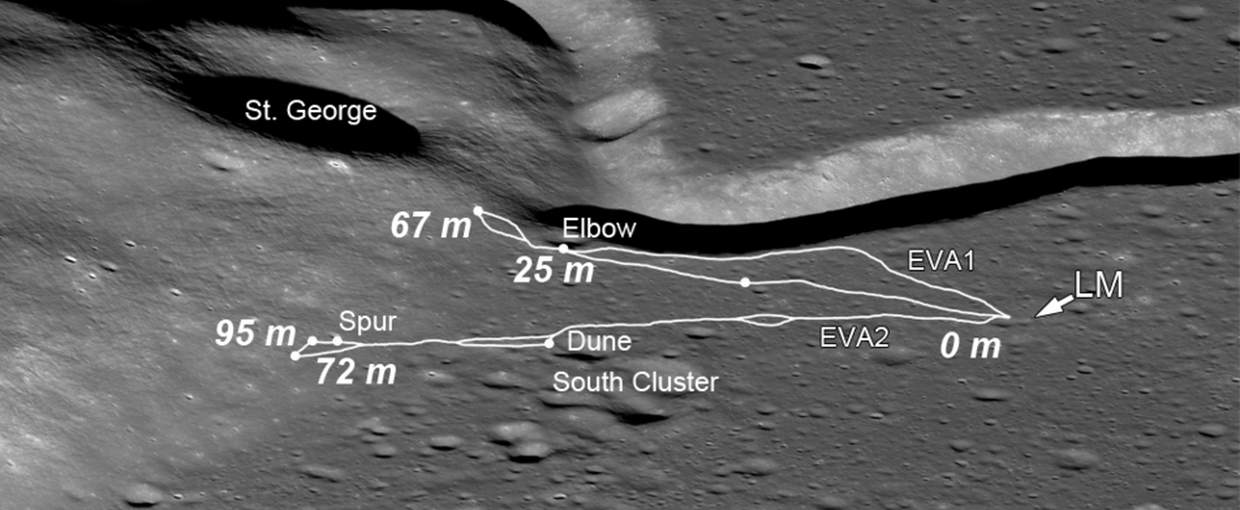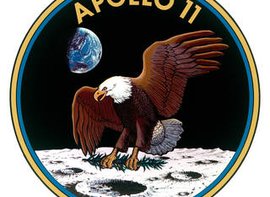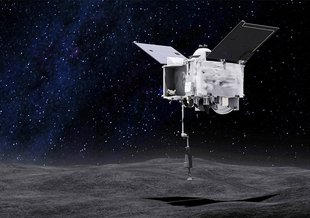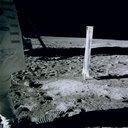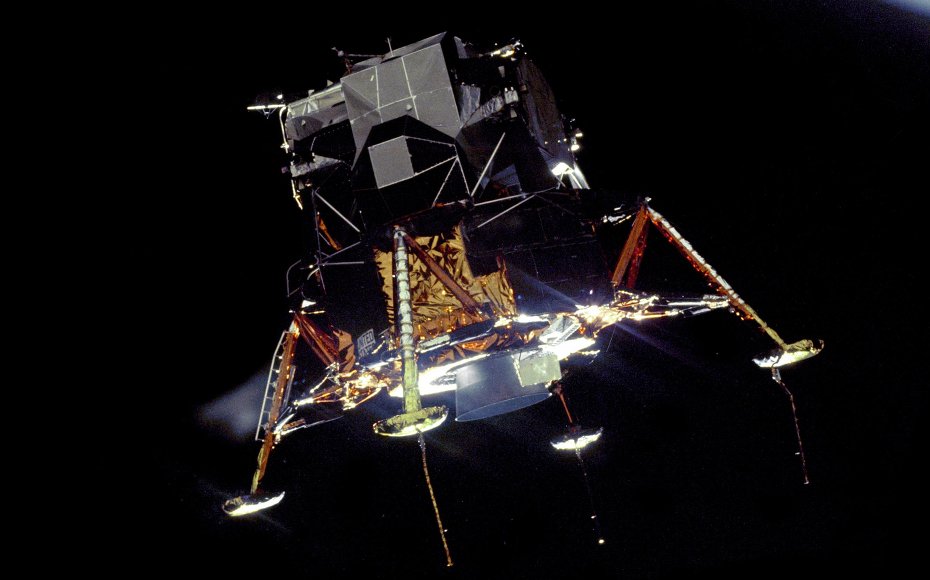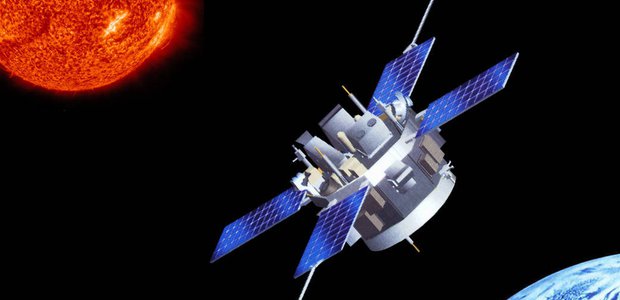- Launch Date July 16, 1969
- Arrival Date July 19, 1969
- End DateJuly 26, 1969
- Mission TypeHuman Landing
- TargetThe Moon
Mission Overview
The Apollo 11 mission marked the first time that human explorers traveled beyond the Earth to set foot on another body in our Solar System – the Moon. The three-person crew of Apollo 11 then returned safely to Earth, bringing home important samples and data from the lunar surface.
Relevance to Astrobiology
Studying the Moon provides astrobiologists with important data about the formation and evolution of rocky bodies in solar systems. This research is also valuable in understanding the Moon’s role in the formation and evolution of the Earth, which is thus far the only example we have of a habitable world.
Apollo 11 was not only a major step forward for human spaceflight. The mission (along with the additional Apollo missions that followed) returned valuable scientific data from the Moon for astrobiologists on Earth.
Apollo 11, 12, 14, 15, and 16 included the Solar Wind Composition Experiment, which provided data about how plasma released from the Sun interacts with the surface of the Moon. In the experiment, solar-wind particles became embedded into foil, which was then returned to Earth for laboratory analysis. The Solar Wind Spectrometer was deployed on Apollo 12 and 15, and took continuous measurements.
The Apollo 11 crew also deployed the Passive Seismic Experiment, which was designed to detect lunar “moonquakes” and provided information about the internal structure of the Moon. More advanced seismometers were deployed at the Apollo 12, 14, 15, and 16 landing sites and transmitted data to Earth until September 1977.
The Soil Mechanics Investigation improved our scientific knowledge about the properties of lunar soil.
The Laser Ranging Retroreflector provided details about the Moon’s orbit, including the rate at which the Moon is receding from Earth (currently 3.8 centimeters per year), and variations in the rotation of the Moon.
The Lunar Surface Magnetometer measured the Moon’s magnetic field at four Apollo landing sites.

